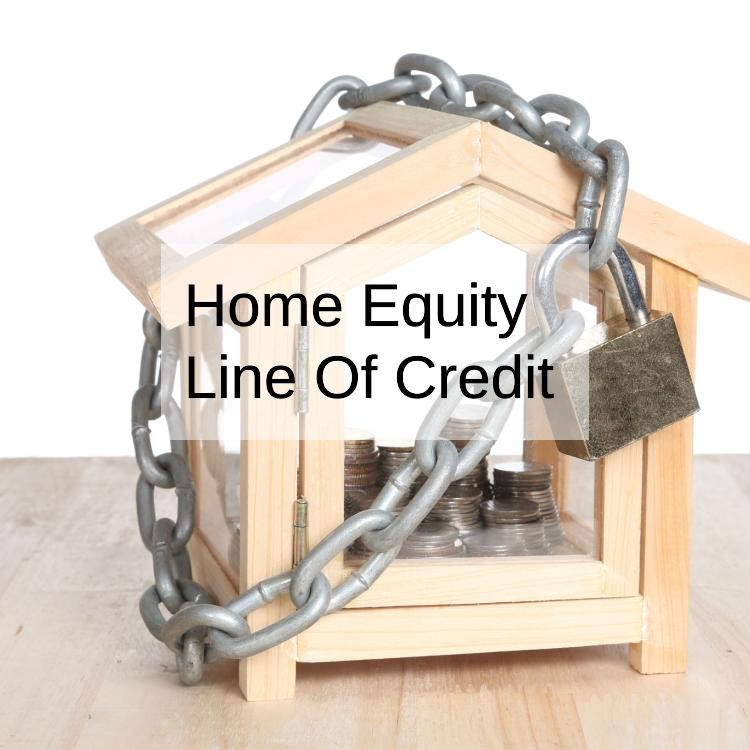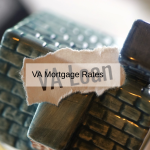In the realm of personal finance, leveraging the equity in one's home can be a strategic move to access funds for various purposes, from loan for home improvement to debt consolidation or unexpected expenses. One of the most popular financial instruments for tapping into home equity is the Home Equity Line of Credit (HELOC). In this comprehensive guide, we will delve into the intricacies of HELOCs, exploring their definition, mechanics, benefits, potential risks, and strategies for optimizing their use.
Defining the Home Equity Line of Credit (HELOC):
A Home Equity Line of Credit (HELOC) is a flexible financial tool that allows first time home owners loan to borrow against the equity in their homes. Unlike traditional loans or mortgages, which provide a lump sum of money upfront, a HELOC functions more like a revolving line of credit, similar to a credit card. Homeowners can borrow funds as needed, up to a predetermined credit limit, and repay the borrowed amount over time, typically with variable interest rates.
Mechanics of a Home Equity Line of Credit (HELOC):
The mechanics of a HELOC are relatively straightforward. Upon approval, the lender establishes a credit limit based on the homeowner's equity in the property, creditworthiness, and other relevant factors. The homeowner can then access funds from the line of credit using checks, debit cards, or online transfers, up to the approved limit.
Interest accrues only on the amount borrowed, and borrowers have the flexibility to repay the borrowed funds and access the line of credit repeatedly during the draw period, which typically lasts for several years. Once the draw period ends, the HELOC enters the repayment period, during which borrowers must repay the outstanding balance, either in full or through monthly payments consisting of principal and interest.
Benefits of a Home Equity Line of Credit (HELOC):
HELOCs offer several benefits for homeowners seeking to access funds for various purposes. One of the primary advantages is flexibility, as borrowers can withdraw funds as needed, up to the approved credit limit, and repay them on their terms. This flexibility makes HELOCs well-suited for financing home loans improvements, covering unexpected expenses, or consolidating higher-interest debt.
Moreover, the interest rates on HELOCs are often lower than those of credit cards or personal loans, making them a cost-effective option for borrowing. Additionally, the interest paid on HELOCs may be tax-deductible, subject to certain limitations and conditions, which can further enhance their appeal for homeowners seeking to maximize tax benefits.
Potential Risks and Considerations:
While HELOCs offer numerous benefits, they also entail potential risks and considerations that homeowners should be aware of before obtaining a line of credit. One significant risk is the potential for interest rates to fluctuate, as most HELOCs feature variable interest rates tied to market benchmarks such as the prime rate.
Fluctuating interest rates can result in unpredictable monthly payments and increased borrowing costs, particularly during periods of rising interest rates. Additionally, failure to repay the outstanding balance on a HELOC can result in foreclosure, as the home serves as collateral for the line of credit.
Furthermore, homeowners should carefully consider their ability to repay the borrowed funds, taking into account factors such as income stability, existing debt obligations, and future financial uncertainties. Borrowing more than one can afford to repay can lead to financial distress and jeopardize homeownership.
Strategies for Maximizing HELOC Benefits:
To maximize the benefits of a Home Equity Loan vs Line of Credit (HELOC) and mitigate potential risks, homeowners can employ several strategic approaches. Firstly, it is essential to establish a clear borrowing plan and use the funds prudently for purposes that enhance the value of the home or improve overall financial well-being.
Additionally, homeowners should monitor interest rate trends and consider locking in a fixed interest rate or converting a portion of the HELOC balance to a fixed-rate loan to protect against rising interest rates. Moreover, making timely payments and actively managing the outstanding balance can help minimize interest costs and accelerate debt repayment.
In the Home Equity Line of Credit (HELOC) represents a versatile financial tool that enables homeowners to tap into their home's equity for various purposes. By understanding the mechanics, benefits, risks, and considerations associated with HELOCs, homeowners can make informed decisions that align with their financial goals and priorities.
Whether financing home renovations, covering unexpected expenses, or consolidating debt, a HELOC offers flexibility, convenience, and potential cost savings compared to other borrowing options. However, it is essential for homeowners to exercise caution, prudence, and responsible borrowing practices to ensure that HELOCs remain a beneficial financial resource rather than a source of financial strain.
Through careful planning, diligent financial management, and proactive communication with mortgage loan lenders, homeowners can harness the power of HELOCs to unlock the full potential of their home equity and achieve long-term financial stability and prosperity.
Frequently Asked Questions (FAQ) about Home Equity Line of Credit (HELOC):
1. What is a Home Equity Line of Credit (HELOC)?
A Home Equity Line of Credit (HELOC) is a type of revolving credit that allows homeowners to borrow against the equity in their homes. It operates similarly to a credit card, where borrowers can access funds as needed up to a predetermined credit limit, using their home equity as collateral.
2. How does a HELOC work?
HELOCs typically have a draw period during which borrowers can access funds, followed by a repayment period. During the draw period, borrowers can withdraw funds up to the credit limit, either in a lump sum or as needed, and only pay interest on the amount borrowed. During the repayment period, borrowers must repay the principal along with any accrued interest.
3. What is the difference between a HELOC and a home equity loan?
While both HELOCs and home equity loans allow homeowners to borrow against their best home equity loan rates, they differ in terms of structure and repayment. A HELOC operates as a revolving line of credit with a draw period and repayment period, whereas a home equity loan provides a lump sum upfront with fixed monthly payments over a specified term.
4. How is the interest rate determined for a HELOC?
The interest rate for a HELOC is typically variable and based on a benchmark rate, such as the prime rate, plus a margin determined by the lender. The interest rate may fluctuate over time in response to changes in the benchmark rate and other economic factors.
5. What can I use a HELOC for?
Homeowners can use a HELOC for various purposes, including home renovations, debt consolidation, education expenses, medical bills, or other major expenses. The flexibility of a HELOC allows borrowers to access funds as needed and use them for a wide range of financial needs.
6. How is the credit limit determined for a HELOC?
The credit limit for a HELOC is determined based on the amount of equity in the home, the borrower's creditworthiness, and the lender's policies. Typically, lenders allow borrowers to access up to a certain percentage of their home's appraised value, minus any outstanding mortgage balances.
7. Are there any fees associated with a HELOC?
Yes, there may be fees associated with a HELOC, including application fees, origination fees, appraisal fees, closing costs, and annual maintenance fees. It is essential for borrowers to review the terms and conditions of the HELOC agreement carefully and understand any potential fees before proceeding.
8. Can I deduct the interest paid on a HELOC for tax purposes?
In many cases, interest paid on a HELOC may be tax-deductible if the funds are used for home improvements, renovations, or other qualified expenses. However, tax laws regarding HELOC interest deductions may vary, and homeowners should consult with a tax advisor or accountant for specific guidance.
9. What happens if I default on a HELOC?
If a borrower defaults on a HELOC by failing to make timely payments, the lender may initiate foreclosure proceedings to recover the outstanding debt. Additionally, defaulting on a HELOC can damage the borrower's credit score and result in financial penalties and legal consequences.
10. Can I pay off a HELOC early?
Yes, borrowers can pay off a HELOC early by making additional payments or paying off the outstanding balance in full. Early repayment may help reduce home loan interest rates costs and improve financial flexibility for homeowners. However, borrowers should review the terms of the HELOC agreement to understand any potential prepayment penalties or fees.
















